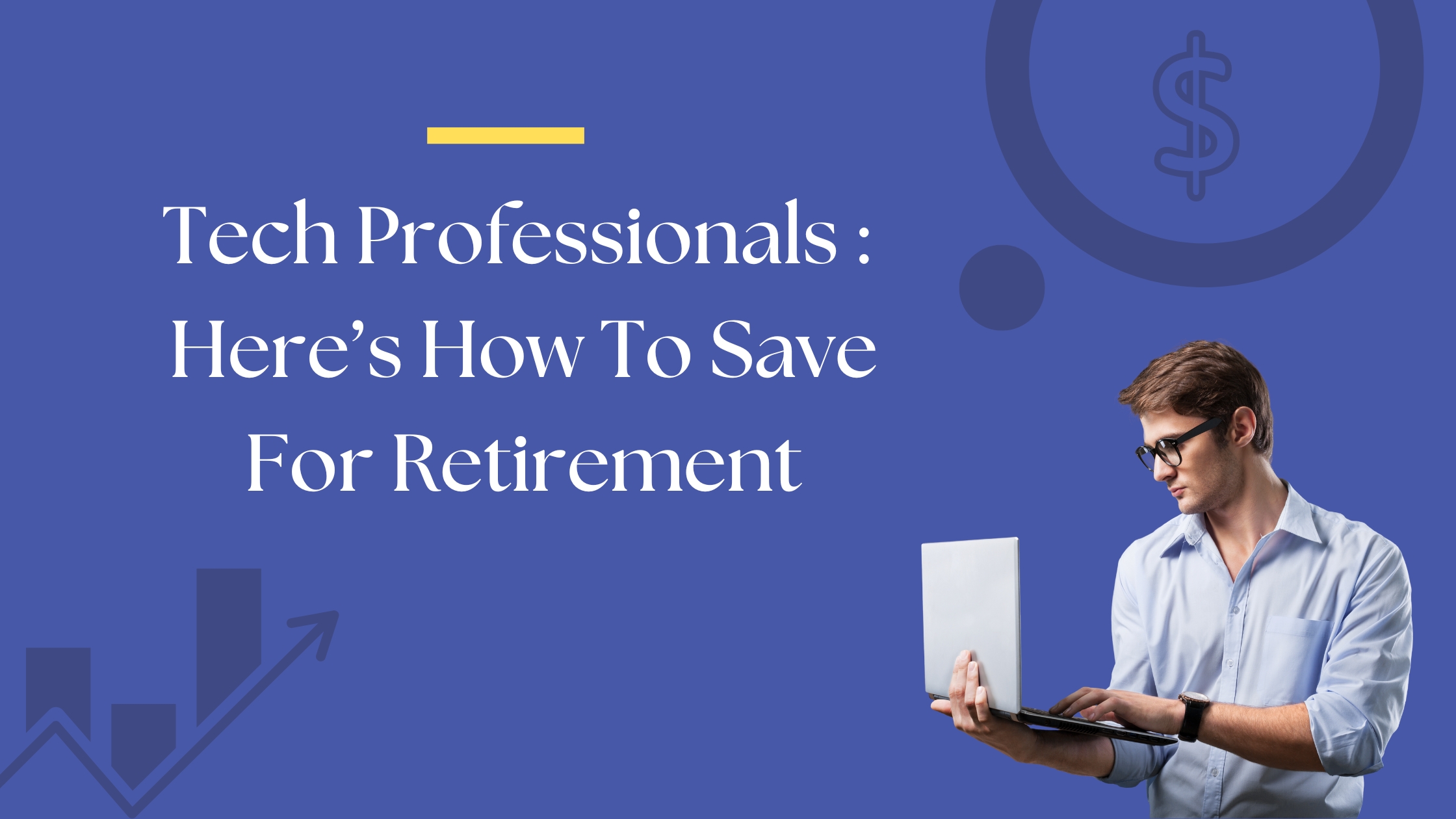How to choose a financial advisor? Here are 10 questions to ask:
Roshani Pandey is a financial advisor and founder of True Root Financial. True Root Financial is located in San Francisco, CA and serves clients across the globe.
In early January, Allison decided that this year was going to be the year where she took control of her finances. This meant that she would start investing the $100K that had been sitting in her savings account earning nothing. The problem was that she didn’t know much about investing. So, she asks friends and family for names of financial advisors they like. Then, she narrows her choices down to three advisors and asks the following questions:
1. What is your investment philosophy?
Allison starts by asking this open-ended question. Investment philosophy can mean a variety of things. As the advisors start explaining their investment philosophy, she asks them clarifying questions to understand their investment beliefs and how they express those beliefs in a portfolio.
Advisors can either take a passive or an active approach. An advisor who believes in a passive approach designs your portfolio based on your long-term goals. Then, they will not change the portfolio much unless a fundamental assumption changes. For example, they might reduce emerging markets stocks if they think emerging markets will not perform well for the next twenty years. But, they will not reduce emerging markets just because it might not do well next year. An active financial advisor on the other hand will change your portfolio as market conditions change. Most advisors fit somewhere between a fully active and a fully passive approach.
If the financial advisor has an active approach, ask them these follow up questions:
- How do you decide when to make the change? This will further clarify their investment philosophy.
- When was the last time you made such a change? How did it perform?
Similarly, your financial advisor may also use either passive or active funds to implement your portfolio. Passive funds are index mutual funds and ETFs that simply mirror the index. Active funds on the other hand are more bespoke and try to do better than the index. If your financial advisor uses any active funds, ask them these follow up questions:
- How do you find and evaluate active funds? The more thorough the evaluation, the better.
2. What is your asset allocation?
Asset allocation is the roadmap of your portfolio. It determines what goes into your portfolio, as in how much in stocks, bonds, US stocks, non-US stocks, etc. Research shows that asset allocation is the biggest determinant of your portfolio’s performance. So, Allison asks to see a sample portfolio to get a sense of the asset allocation. While the best asset allocation for you is dependent on your investment goal, here are some clarifying questions to ask:
What is the stock/ bond split?
Generally, the longer your time horizon and higher your risk tolerance, the more stocks you should have. The lower your time horizon and lower your risk tolerance, the more bonds you should have. Allison is investing for retirement, which for her is 25-30 years away. Since her time horizon is pretty long, she should be primarily in stocks. If Allison needed the money sooner, that is, if she had a shorter time horizon, she would need to invest in bonds to make sure that the money is there when she needs it.
How diversified is the asset allocation?
Research shows the diversification not only reduces risk but also improves return. Assets that best diversify each other, move in opposite directions. For example, when stocks go down, high quality bonds typically go up. So, they are great diversifiers.
The stocks and bonds you hold should be further diversified. For example, within US stocks, instead of just holding large cap stocks, it is better if you also hold value and small cap stocks of diverse industries and sectors. Value stocks are stocks of companies that are currently undervalued and small cap stocks are stocks of companies with a smaller financial market value. Research shows that including both small cap and value stocks can improve your returns. Similarly, a diversified portfolio would also include international stocks and international small caps and international value, also from diverse industries and sectors.
3. Do you offer any financial planning services
Access to financial planning can be the most important requirement for some individuals. Some robo-advisors will help answer specific questions around planning for life events like buying a home, marriage, retirement, etc.
If your financial situation is more complicated, you might need a financial advisor who provides a more integrated and comprehensive planning service rather just answering some questions. The financial advisor will work with your trust and estate lawyer, accountant and if you have any equity compensation, with your company’s attorney to provide you comprehensive wealth management.
4. How do you get paid and what am I getting for it?
Your advisor may be commission-based or fee-based. Generally, it is advisable to use a fee-based advisor because a commission-based advisor may try to make higher commissions by selling you expensive products.
Within fee-based advisors, there are several ways in which they can charge you. Some may charge a flat fee. Some may charge an hourly fee. A common way to charge fees is to charge a percentage fee on the assets managed. In this case, your total fee consists of advisor fees and fund fees. The advisor fees will be higher for traditional and full-service financial advisors and lower for roboadvisors. The average fee for a financial advisor is 1.02% and that for a roboadvisor is between .25%-.50%. This means that if you invest $10,000, you will pay $102 a year on average for a typical financial advisor. If you invest with a roboadvisor, it will cost you $25-$50 a year.
Similarly, fund fees will be low if you primarily use passive funds like ETFs and more if you use active funds. The average fee for an active fund is around .67% and that for a passive fund is .15%.
If all you need is to invest some money and you don’t really need to speak to a human financial advisor, a roboadvisor may be sufficient for you. But if your financial situation is more complicated and you need more planning help, a higher service advisor may be more suitable.
Needless to say, if you can get the same service at a lower price, the provider with the lower fee is a better choice. Fees can be really detrimental to your portfolio’s performance. This is because when you pay a fee today, you’re also giving up all the compounding and future returns of those dollars. Consider this example: In 20 years, 1% annual fees reduce a portfolio’s value by nearly $30,000, compared to a portfolio with 0.25% fee.
5. Can you bring down the fees?
Explore options to bring down your total fees. If your advisor primarily uses active funds, one way to bring down costs might be to use more ETFs. Some markets such as the US Large Cap are very efficient and there is little for an active fund manager to do to add value. Hence, an ETF might be a more cost-effective choice in replacing an expensive active fund.
6. Can you show me your returns?
While past performance is not a guide for future, seeing past performance will help you gauge your advisor’s effectiveness to some degree. Your advisor should be able to provide you past returns of their sample portfolio. If they are relatively new, they might provide you a backtested performance that shows how they would have performed if they existed at the time.
Make sure that these sample returns are net of fees, that is, they take both the fund fees and the advisor fee into account.
7. How do your returns compare to the benchmark?
A benchmark is a yardstick for your account so that you know how well you did. For example if you have a fund that generated 20% in return last year, you might think it’s great. But if you compare it to its benchmark, the S&P 500 Index that generated almost 30%, now, you might not think it was so great.
Each fund you invest in will have its own benchmark. If your advisor invests only in index funds, the benchmark will be the index itself and the performance of the fund will match or be very close to the index. But if you invest in active funds, they will have different benchmarks and the performance of the fund relative to the benchmark shows how effective it is.
Similarly, your total portfolio also has a benchmark. Ask your advisor what that benchmark is and how well the portfolio did compared to it.
When you look at performance, look at long-term performance, that is performance over the last 3 years, 5 years and even 10 years if available. If you find that the portfolio or the funds are lagging their benchmark, ask the advisor why.
8. If I leave your firm, can I take my investments with me?
This will be important if you need to change your advisor in the future.
If you are invested in ETFs or public mutual funds, you should be able to take your investments with you to a new advisor. Your new advisor will then, evaluate the funds and sell the ones not needed in a tax-efficient manner. But, if you have any private mutual funds or other vehicles that can’t be held outside, you will have to sell them with your current advisor, then transfer out the cash. This will trigger capital gains tax. If you have held those investments for a long time, your capital gains could be substantial.
9. What security controls do you have?
Increasingly, account security is becoming top of mind for financial advisors and clients because of the heightened security risks out there from scammers and thieves. Pay special attention to what controls your advisor has to prevent unauthorized parties from transferring money out of your account.
10. Do you provide tax-loss harvesting, dividend re-investment and re-balancing?
Although house-keeping items like these can seem insignificant, they can make a big difference in your portfolio’s performance. It is one of the main reasons to even hire an advisor – so that you don’t have to spend a lot of time managing the day-to-day operations of your portfolio.
As you receive dividends from your investments, it is imperative to invest them right away in order to compound your returns over time. Similarly, overtime your asset allocation will go off course as some positions appreciate in value and some might lose value. Your advisor should have a disciplined re-balancing strategy set so that your portfolio doesn’t go off course too much.
Tax-loss harvesting is a process by which your advisor will incur capital losses in your portfolio in order to lower your taxes.









Leave a Reply
Want to join the discussion?Feel free to contribute!